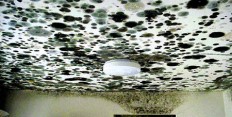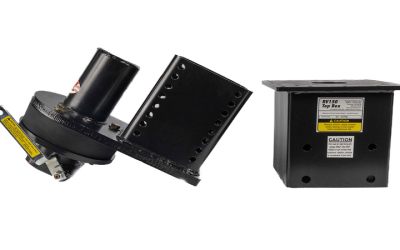When an individual’s heartbeat is disrupted by an arrhythmia and it begins to beat erratically, either too slow or too fast, a defibrillator such as a Philips Heartstart Onsite is used to stop the heart momentarily, encouraging it to return to a normal rhythm. A defibrillator is not used when an individual has suffered a heart attack, which is a situation where the heart is starved of blood; they are used in the event an individual suffers from ventricular fibrillation or ventricular tachycardia which is indicative of a wildly erratic heartbeat.
When the heart is subjected to a sharp electrical jolt it stops and in doing so also stops the arrhythmia. This gives the heart an opportunity to repolarize; the heart will take over and return to normal. If defibrillation is used soon enough after the arrest and it is used correctly, it can save the life of the victim. When coupled with CPR, the anticipated recovery rate can double.
If the victim has no heartbeat, no amount of defibrillation will help; there must be heart rhythm regardless of how abnormal it may be. This abnormal rhythm will not show up as a pulse and the victim will be non-responsive. In a situation like this, professional medical personnel will know exactly if the situation is caused by arrhythmia or not, but how is a layman to know?
It is becoming common for schools, airports, shopping centers etc, to have AEDs installed throughout the building. An AED, automatic external defibrillator, such as a Philips Heartstart Onsite is a defibrillator that requires no formal knowledge of medicine, these devices will determine if the victim has suffered a heart condition where defibrillation is appropriate or not, therefore a layman is in a position to save lives. Once the area is cleared of by-standers and the pads have been affixed to the victim, the AED will tell the operator to hit the button if cardiac arrest is the problem.
Although it is best to have taken some training in the use of an AED, if necessary, an untrained individual can use it. Normally, in places where portable AEDs are available, there are personnel who have received the training. If the victim is responsive and has a pulse, defibrillation should not be used, in this case CPR is recommended.


